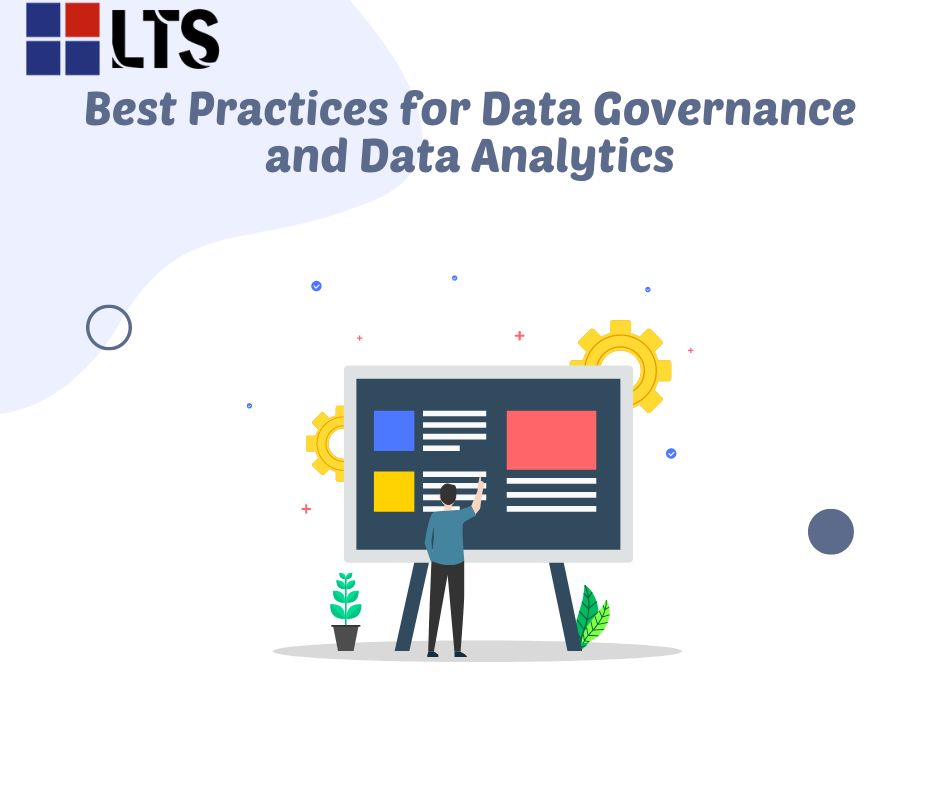- November 22, 2022
LTS
- in data analytics
- 0Comments
Best Practices for Data Governance and Data Analytics
Data Governance and Data Analytics knowing is necessary for cyber issues. Businesses today are producing and consuming data at an unprecedented rate. Diverse data types and sources mean organizations must address data access, security, governance, and, most importantly, regulatory compliance. These concerns make some customers pause when considering moving sensitive data to the cloud. That’s why we’ve published a whitepaper outlining best practices and guidelines to help organizations establish data governance in a cloud-first world. This whitepaper intentionally takes a platform-agnostic approach that you can use to extend your governance capabilities. A Power BI developer is responsible for developing and administering the BI tools.

Data governance involves how human processes and technology work together to enable auditable compliance with defined and agreed policies. Ultimately, organizations want their data to work for them, and governance is integral to making data work for them.
All organizations should think about the entire data governance lifecycle, including data ingestion and ingestion, cataloging, persistence, retention, storage management, sharing, archiving, backup, recovery, disposal, and removal and deletion. Many organizations find these requirements overwhelming, so the white paper outlines best practices and guidelines for cloud governance, including:
- Data discovery and assessment to understand the data assets you have.
- Sensitive data profiling and classification to understand the governance policies and procedures that apply to your data Sensitivity level against your organization’s governance policies
- Define identities, groups, and roles and assign access rights to establish levels of controlled access, mitigate threats, and assess the overall security posture.
- Conduct regular control effectiveness audits to mitigate threats and assess overall security posture quickly.
Using these best practices, organizations can create effective data governance strategies and operating models, providing organizations with a path to control and maintain visibility over their data assets. Organizations can reap immeasurable benefits by fostering a data-driven culture, including improved decision-making, better risk management, and achieving regulatory compliance.
What are the Benefits of Data Governance Adoption?
- To uplift the quality of insight.
It helps Understand Data and Shows the Lineage of Data
• Helps Regulatory Compliance
• Improves Decision Making and Communication
• Reduces IT Costs with Centralized Policies and Systems
• Easier Audit Management
- • Controlled and organized data growth
What is Data Analytics?
Organizations worldwide generate large amounts of data regularly in the form of log files, web servers, transaction data, and a variety of client-based data. Additionally, social media websites generate large amounts of data.
Enterprises must leverage all the data they generate to extract value and make impactful business decisions; Data Analytics is used to further this purpose. Data analysis explores large data sets to find hidden patterns and invisible trends, discover correlations, and derive valuable insights to make business predictions. Upgrade the speed and efficiency of your business.
Data analytics pipelines offer many benefits, but ensuring the success of your data initiatives also means following best practices for data management in your analytics pipeline.
What are the Differences Between Data Science and Data Analytics?
The main difference between a data scientist and a data analyst is what they do with the data and what results they get. Data analysts try to answer specific questions or address challenges that have already been identified and known to the organization. To do this, we examine large data sets intending to recognize trends and patterns. Then “visualize” the results in charts, graphs, and dashboards. These visualizations are shared with key stakeholders for informed, data-driven strategic decision-making.
Conclusion –
Ultimately, successful data governance in analytics pipelines comes from reducing the size of the problem footprint. Suddenly, to avoid the tendency and need for duplication, the companies in the consortium could find themselves duplicating less data than they used to.
To Know more about data governance, visit https://en.wikipedia.org/wiki/Data_governance
The practices for big data governance are –
Employee performance improvement
Marketing and sales execution
Demand and inventory management
Supply chain management
Data governance is the primary framework upon which robust analytics programs are constructed. From a human perspective, investing in a data-driven culture that encourages collaboration rather than control is also crucial.
Data governance means setting internal standards (policies) for collecting, storing, processing, and disposing of data. Regulate who has access to what types of data and what types of data are subject to governance.
